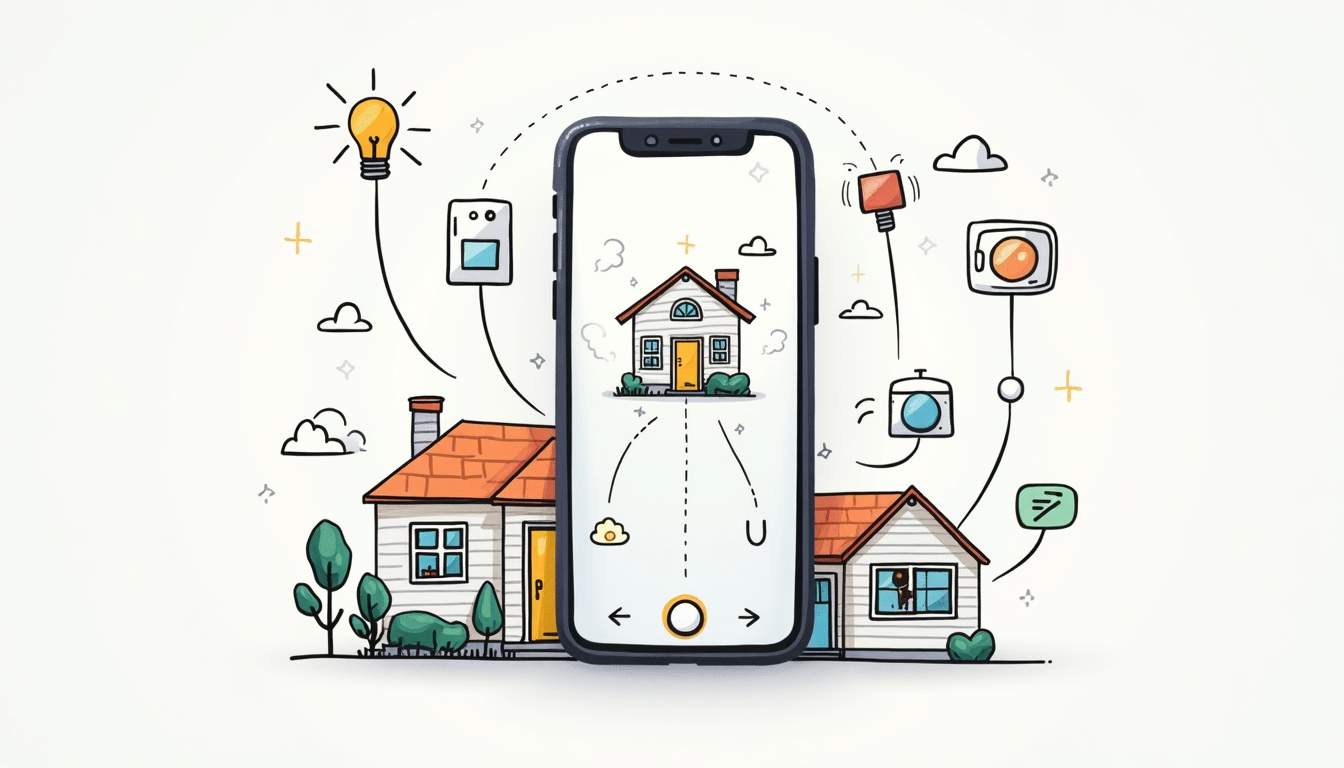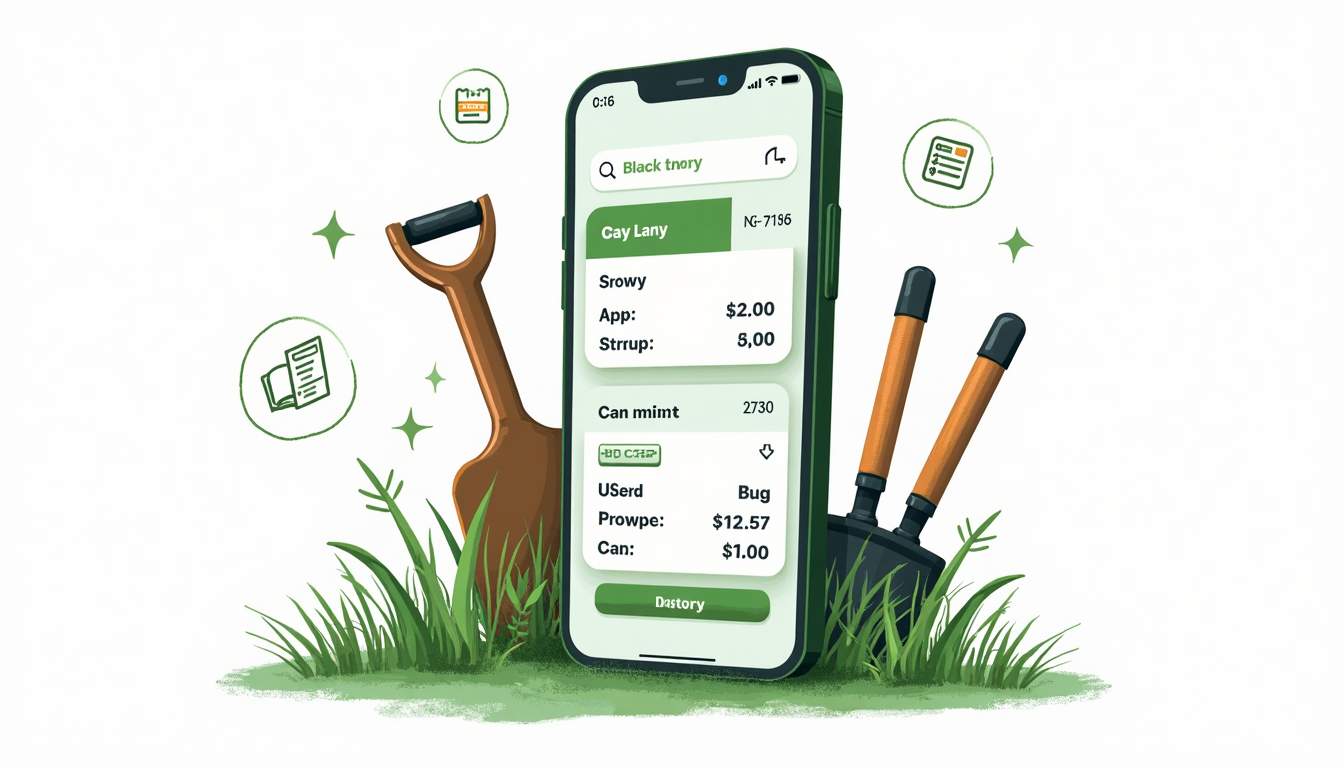Customers are the lifeblood of any business. Meeting their expectations is crucial to achieving success and maintaining a thriving organization. But how can businesses truly understand and fulfill their customers' needs? In this comprehensive guide, we will explore the importance of understanding customer expectations, strategies to meet them, the role of communication, measuring customer satisfaction, and the repercussions of not meeting those expectations.
Understanding Customer Expectations
The Importance of Knowing Your Customer
Before any business can effectively meet customer expectations, it is essential to have a deep understanding of who your customers are. This goes beyond mere demographics - it means understanding their preferences, motivations, and behaviors. By gathering data and analyzing customer insights, businesses can tailor their offerings to meet specific customer needs, making it more likely to exceed expectations.

One effective way to gain insights into customer behavior is through the use of customer relationship management (CRM) systems. These systems allow businesses to track customer interactions, preferences, and purchase history, providing valuable data for personalized marketing strategies. By utilizing CRM data, businesses can create targeted campaigns that resonate with customers on a deeper level, ultimately leading to increased loyalty and satisfaction.
Identifying Customer Needs and Wants
Customers have both explicit and implicit expectations, and it is crucial for businesses to identify and respond to them. Through market research, surveys, and customer feedback, businesses can uncover hidden desires and anticipate future needs. By strategically aligning product development, service enhancements, and innovation with these identified needs, companies can not only meet customer expectations but also stay ahead of the competition.
Moreover, understanding the emotional aspect of customer needs is becoming increasingly important in today's market. Customers often make purchasing decisions based on how a product or service makes them feel, rather than just its features. By tapping into these emotional drivers, businesses can create powerful brand connections that foster long-term relationships with customers. This emotional intelligence can be cultivated through empathy mapping exercises and customer journey analysis, allowing businesses to design experiences that resonate on a deeper, more personal level.
Strategies to Meet Customer Expectations
Enhancing Product Quality
One of the most fundamental ways to meet customer expectations is by delivering high-quality products. This requires a commitment to continuous improvement and embracing a culture of excellence. By investing in research and development, incorporating customer feedback into product design, and maintaining robust quality control measures, businesses can ensure that their offerings consistently meet or exceed customer expectations.

Furthermore, enhancing product quality goes beyond meeting basic requirements. It involves understanding the evolving needs and preferences of customers, staying ahead of industry trends, and anticipating future demands. By conducting thorough market research and staying agile in product development, businesses can not only meet but also exceed customer expectations, setting themselves apart in a competitive market.
Improving Customer Service
Customer service plays a pivotal role in forging strong relationships with customers. Prompt and courteous responses, ease of contact, personalized assistance, and proactive problem-solving are all crucial elements in meeting customer expectations. Training customer service teams to empathize, actively listen, and exceed customer expectations can greatly enhance customer satisfaction levels.
In addition to traditional customer service channels, businesses can explore innovative ways to engage with customers, such as through social media platforms, chatbots, and self-service options. By providing a seamless and multi-channel customer service experience, businesses can cater to diverse customer preferences and ensure a high level of satisfaction across different touchpoints.
Personalizing Customer Experience
No two customers are the same, and personalization has become a key driver of customer satisfaction. By leveraging customer data, businesses can customize their offerings, marketing messages, and overall experience to fit individual preferences. From personalized recommendations to tailored promotions, providing a unique and relevant experience can foster loyalty and ensure customers feel valued.
Moreover, personalizing the customer experience requires a deep understanding of customer behavior, preferences, and purchasing patterns. By implementing advanced analytics and segmentation strategies, businesses can create targeted and personalized experiences that resonate with customers on a personal level. This level of customization not only meets customer expectations but also cultivates long-term relationships built on trust and mutual understanding.
The Role of Communication in Meeting Expectations
Effective Communication Channels
Communication is vital in meeting customer expectations, and businesses must utilize the appropriate channels to connect with their customers. Whether it's through social media, email, chatbots, or phone calls, having a diverse range of communication channels enables customers to engage in a way that is convenient for them. Ensuring prompt responses and providing accurate information instills confidence in customers and reassures them that their expectations are being heard and met.
Moreover, the evolution of technology has opened up new communication channels for businesses to explore. Platforms such as WhatsApp, SMS, and live chat on websites have become popular choices for customer interaction. These channels offer real-time communication, allowing businesses to address customer queries swiftly and efficiently, thus enhancing the overall customer experience.
The Art of Listening to Customers
Engaging in active listening is an art that all businesses must cultivate. By genuinely listening to customer feedback, businesses can identify pain points, address concerns, and discover opportunities for improvement. Conducting surveys, actively monitoring social media, and encouraging feedback through various touchpoints can provide invaluable insights into customer expectations. Embracing customer feedback also demonstrates a commitment to continuously evolving and meeting ever-changing expectations.
In addition to collecting feedback through traditional channels, businesses can also leverage data analytics tools to gain deeper insights into customer preferences and behavior. By analyzing data from various touchpoints, businesses can personalize their communication strategies, tailor their products or services to meet specific needs, and ultimately foster stronger customer relationships based on understanding and empathy.
Measuring Customer Satisfaction
Key Performance Indicators (KPIs) for Customer Satisfaction
Measuring customer satisfaction is a critical step in understanding whether expectations are being met. Key Performance Indicators (KPIs) such as Net Promoter Score (NPS), Customer Effort Score (CES), and Customer Satisfaction (CSAT) offer quantifiable metrics to evaluate the success of customer experience initiatives. Regularly tracking these metrics enables businesses to spot trends, identify areas for improvement, and course-correct if needed.
Net Promoter Score (NPS) is a widely used metric that measures the likelihood of customers to recommend a company's products or services to others. It is calculated based on responses to a single question: "How likely are you to recommend us to a friend or colleague?" Customers are then categorized as Promoters, Passives, or Detractors, providing valuable insights into customer loyalty and satisfaction.
Utilizing Customer Feedback
Customer feedback is a powerful tool that should not be overlooked. By actively soliciting feedback and incorporating it into business decisions, companies can refine their offerings and services. This can be done through surveys, feedback forms, online reviews, and social media listening. By acknowledging feedback, promptly addressing concerns, and implementing relevant suggestions, businesses can forge stronger customer relationships and improve overall satisfaction.
Customer Effort Score (CES) is another important KPI that measures the ease with which customers can interact with a company to resolve issues or complete transactions. By reducing customer effort, businesses can enhance the overall customer experience and increase loyalty. Monitoring CES helps organizations identify pain points in their processes and streamline operations for improved efficiency.
The Impact of Not Meeting Customer Expectations
Consequences for Brand Reputation
When customer expectations are not met, it can have a detrimental impact on a business's brand reputation. Dissatisfied customers are more likely to share their negative experiences with others, potentially damaging the company's image. Word-of-mouth, online reviews, and social media can amplify these negative sentiments, making it essential for businesses to prioritize meeting customer expectations to protect their brand reputation.

Moreover, a tarnished brand reputation can lead to a loss of trust among both existing and potential customers. Trust is a fundamental element in customer relationships, and once it is broken, it can be challenging to regain. Customers may perceive a company that consistently fails to meet their expectations as unreliable and unprofessional, causing them to seek out alternative brands that they believe will deliver on their promises.
The Financial Implications
Not meeting customer expectations can also have financial consequences. Dissatisfied customers are less likely to make repeat purchases and may choose to take their business to competitors. This loss of customer loyalty can result in decreased revenue and market share. On the other hand, meeting and exceeding customer expectations can lead to increased customer retention, positive referrals, and sustainable business growth.
Furthermore, the cost of acquiring new customers is significantly higher than retaining existing ones. Therefore, failing to meet customer expectations not only impacts short-term revenue but also increases long-term expenses associated with marketing and sales efforts to attract new clientele. In contrast, businesses that consistently meet or exceed customer expectations benefit from lower customer acquisition costs and higher customer lifetime value, contributing to overall financial stability and profitability.
In Conclusion
Meeting customer expectations is not a one-time achievement but an ongoing effort. By understanding customers, implementing strategies to meet their needs, utilizing effective communication, measuring customer satisfaction, and valuing customer feedback, businesses can significantly increase their chances of success. Remember, meeting customer expectations is not only about achieving short-term goals but also cultivating long-lasting relationships with loyal customers. Embrace this guide as your compass to navigate the ever-changing landscape of customer expectations and watch your business flourish.
Ready to elevate your pool service business and exceed customer expectations with unparalleled efficiency? ProValet is your tailored solution, designed to enhance your operational approach while respecting the unique essence of your enterprise. With features like automated scheduling, dispatching, invoicing, and the innovative Homeowner app for direct client communication, ProValet ensures every interaction adds value to your customer profiles. Experience a seamless transition with our dedicated support, and join the ranks of professionals who see over 70% of invoices paid within a week. Don't miss the opportunity to transform your customer satisfaction and financial performance. Schedule your 15 minute Discussion & Demo today and discover the ProValet difference.






.svg)
.svg)